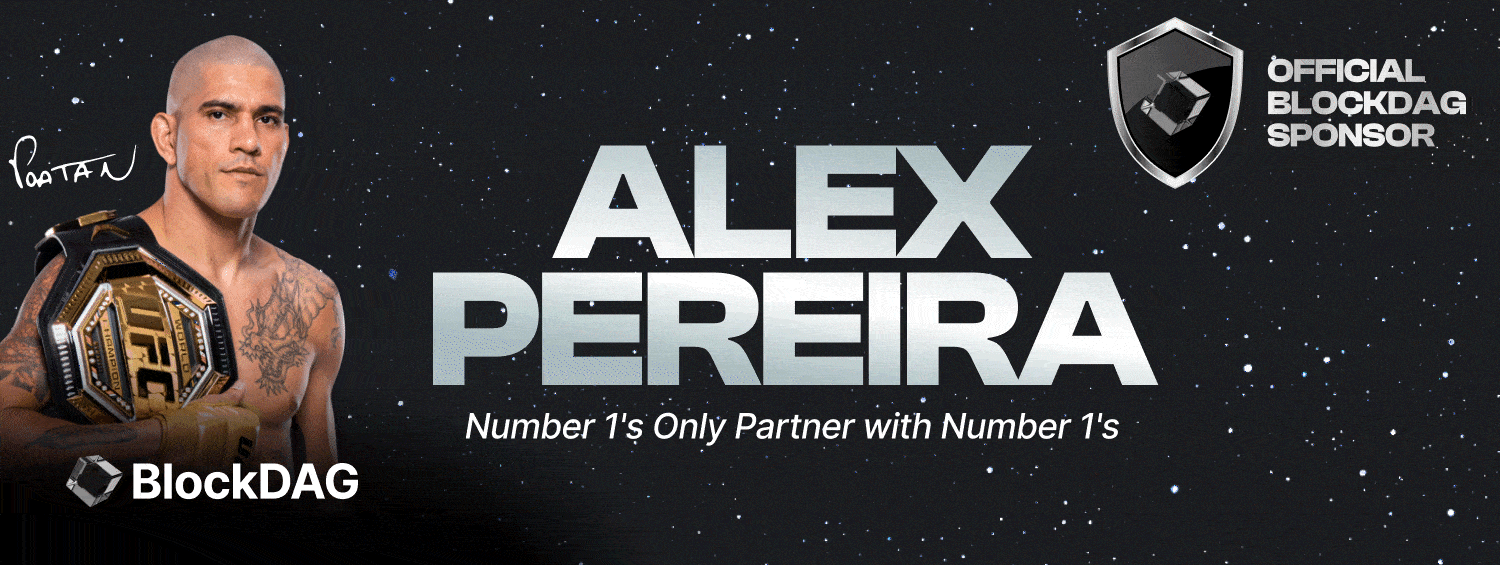The transition from Web 2 to Web 3 has brought about significant changes, not only in technology but also in marketing strategies. Having navigated both spaces as a Product Marketing Manager, grasping these nuances has been pivotal for implementing effective strategies and achieving success. Let’s dive into the major disparities between Web 2 and Web 3 marketing strategies and explore what it takes to thrive in each domain.
Web 2 vs. Web 3: Understanding the Basics
Web 2:
In the era of Web 2, marketing strategies revolved around centralised platforms and traditional advertising methods where data ownership lies within a single entity. Companies focused on building brand awareness through social media, search engine optimisation (SEO), and targeted advertising campaigns. The emphasis was on attracting and retaining customers within closed ecosystems controlled by tech giants like Google, Facebook, and Amazon.
Web 3:
Contrary to Web 2’s centralised approach, Web 3 is characterised by decentralisation, transparency, and user empowerment. This means a more democratic and equitable internet, where users have greater autonomy, security, and ownership over their online interactions and digital assets. Marketing in the Web 3 space revolves around community engagement, open-source collaboration, and the adoption of blockchain technology. Rather than relying solely on centralised platforms, companies leverage decentralised applications (dApps), blockchain networks, and token economies to interact with users in a peer-to-peer fashion.
Common Strategies Across Web 2 and Web 3
Customer-Centric Approach:
Both Web 2 and Web 3 marketing strategies prioritise understanding the needs and preferences of their target audience. By focusing on customer feedback and user experience, companies can tailor their products and messaging to better resonate with their audience.
Data-Driven Decision Making:
Data analytics is crucial in both Web 2 and Web 3 marketing strategies. By leveraging insights from user behaviour, companies can optimise their marketing efforts, track campaign performance, and identify areas for improvement.
Unique Strategies for Web 3 Marketing
Community Engagement:
In the Web 3 space, building a solid community is paramount. Companies foster engagement by hosting online forums, organising virtual events, and incentivising participation through token rewards. Companies can cultivate brand loyalty and drive adoption by empowering users to actively participate in the ecosystem.
Transparency and Trust:
Given the decentralised nature of Web 3, transparency and trust are critical pillars of marketing strategies. Companies must prioritise honesty, integrity, and accountability in their communications with users. Companies can build credibility and foster long-term relationships with their audience by being transparent about their technology, governance structures, and business practices.
Education and Awareness:
With the emergence of complex technologies like blockchain and decentralised finance (DeFi), education plays a crucial role in Web 3 marketing. Companies invest in creating educational content, hosting webinars, and providing tutorials to help users understand the benefits and functionalities of their products. By demystifying technical concepts and empowering users with knowledge, companies can drive adoption and foster a more informed user base.
As a Product Marketing Manager, navigating the differences between Web 2 and Web 3 marketing strategies requires adaptability, creativity, and a deep understanding of the evolving digital landscape. By embracing customer-centricity, data-driven decision-making, and a unique strategy tailored to the Web 3 ecosystem, companies can effectively engage with their audience, drive adoption, and thrive in the decentralised future of the Internet.



























